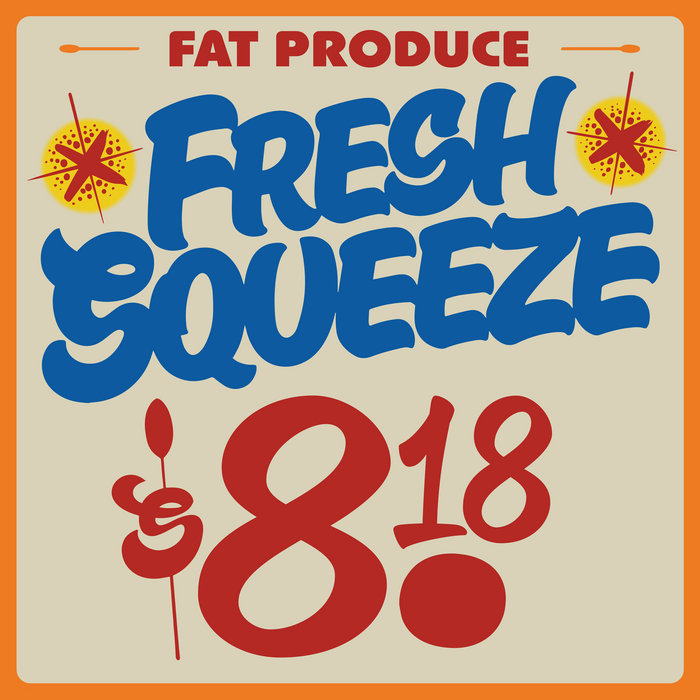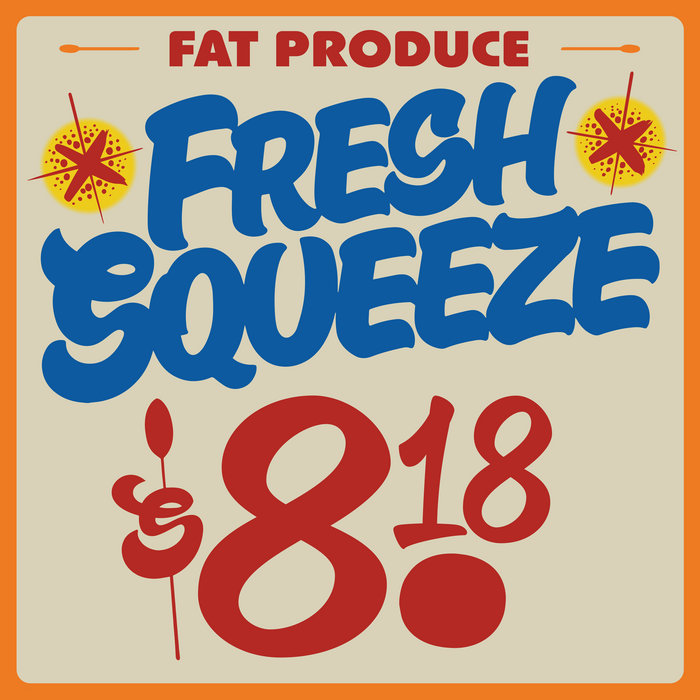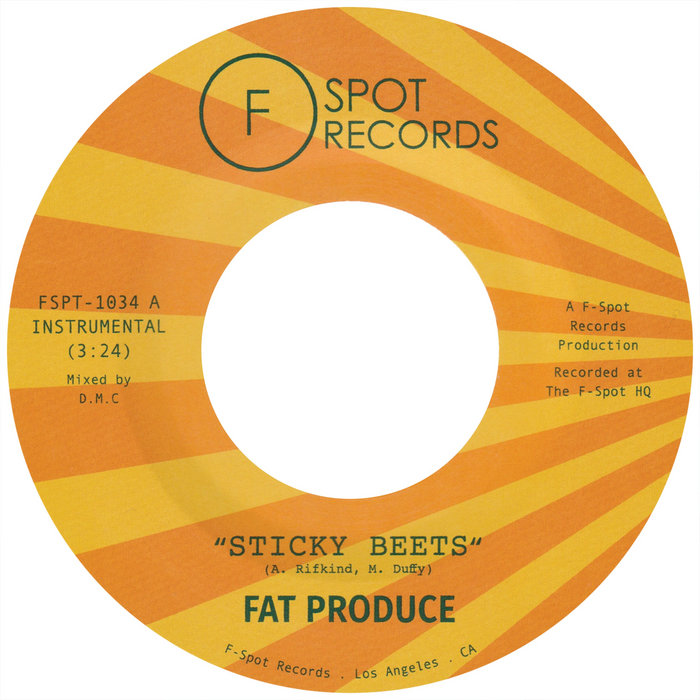
Slick – Fat Produce
this blog is GROOVY – check out great Soul, Funk, Jazz, Hip Hop, Bass, Breaks , Reggae, House n many more TUNES
Trio jazz, a genre often described as intimate and raw, boasts a history as rich and diverse as the musicians who make it. While it’s difficult to pinpoint the exact moment trio jazz was born, its roots lie deeply within the evolution of jazz itself.
Part I: The Roots of Trio Jazz (Early 20th Century)
The seeds of trio jazz were sown in the early 20th century, during the nascent years of jazz itself. The rise of ragtime and blues, featuring piano, guitar, and drums, laid the groundwork for a stripped-down, improvisational sound. Musicians like Jelly Roll Morton and Fats Waller embraced the trio format, their piano-led trios becoming staples in the burgeoning jazz scene.
Part II: The Rise of the Piano Trio (1930s-1950s)
The 1930s saw the emergence of the “piano trio” – a cornerstone of modern jazz. Art Tatum, a virtuoso pianist known for his lightning-fast technique and impeccable timing, popularized the piano trio, inspiring countless musicians to follow in his footsteps. Other renowned piano trios of this era include Oscar Peterson’s Trio and Bill Evans Trio, each bringing their unique flavour to the format.
Part III: The Legacy and Beyond (1960s-Present)
Trio jazz continues to evolve, with modern artists like Brad Mehldau and Esbjörn Svensson Trio pushing the boundaries of the genre. Contemporary piano trios often incorporate influences from other musical genres, resulting in a vibrant, eclectic sound.
Funny Facts:
Trio jazz, in its various forms, continues to inspire and enthrall. Its simplicity and power offer a unique platform for musicians to explore the depths of their artistry, creating a genre that is both intimate and expansive.

Slick – Fat Produce

818 Don't Hate – Fat Produce

Sticky Beets – Fat Produce